A warming drawer is an electrical appliance used by commercial foodservice operators. Their function is to hold food hot and fresh until it is served.
The foodservice industry refers to them by many other names, such as hold & serve drawers, food warmers, hot drawers, etc. Whatever you call them, a warming drawer can help streamline your operation. This product is a reliable way to keep staple menu items hot and fresh. You can find warming drawers at buffets, cafeterias, and restaurants because they make it easier to keep up with demand. Most importantly, they allow the operator to remain confident in the quality and safety of the food they are serving. CVap Hold & Serve Drawers have an operating range of 90 to 180°F. The maximum temperature of CVap warming drawers is 250°F.
For example, high-volume food products such as bread rolls are kept hot for immediate serving. Also, perishable foods such as meats stay above 140°F to prevent spoiling. In order to do this, set temperatures with the electronic differential controls. These controls automatically monitor and adjust the drawer temperature. Watch this video for a quick, quirky rundown of CVap drawers.























